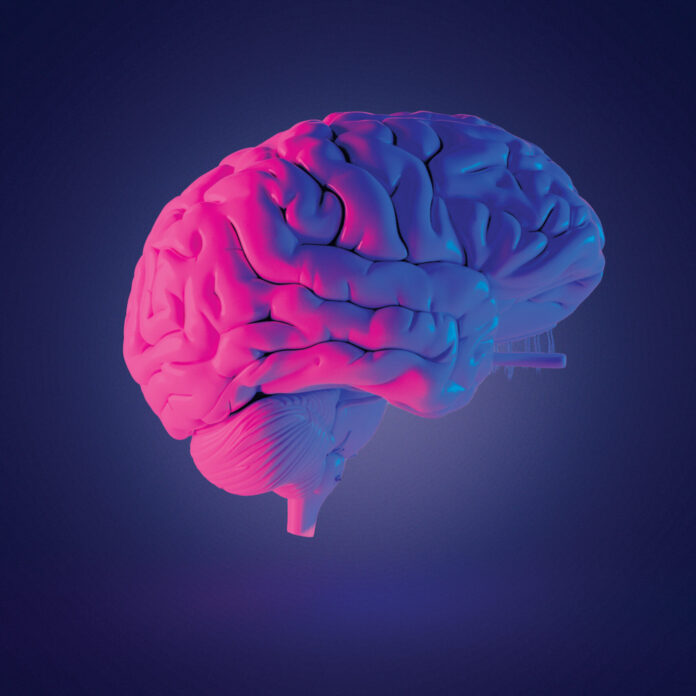The human brain, with its intricate network of billions of neurons, has always been a subject of fascination and mystery. For centuries, scientists and researchers have endeavored to unlock the secrets hidden within its convoluted folds. In recent years, groundbreaking discoveries have shed new light on the workings of this remarkable organ, revolutionizing our understanding of the human brain and opening up possibilities for future advancements in neuroscience.
One of the most significant recent discoveries in the field of brain research is the concept of neuroplasticity. Traditionally, it was believed that the brain’s structure and functions were largely fixed after childhood. However, studies have now shown that the brain is capable of rewiring itself and forming new neural connections throughout life. This discovery has profound implications for learning, memory, and rehabilitation.
Neuroplasticity has revealed that the brain is not a static organ but rather a dynamic and adaptive system. It can reorganize its neural pathways in response to learning, experience, and environmental changes. This newfound understanding has led to the development of novel techniques for cognitive training and rehabilitation after brain injuries. For example, stroke patients can now engage in targeted rehabilitation exercises to stimulate the brain’s plasticity and regain lost functions.
Another exciting recent development in brain research is the progress made in mapping the brain’s connectome. The connectome refers to the comprehensive wiring diagram of the brain, depicting the intricate network of neural connections between different regions. Advanced imaging techniques, such as diffusion MRI and functional MRI, have allowed scientists to create detailed maps of these connections.
Understanding the connectome is crucial for unraveling the brain’s complex circuitry and how it gives rise to various cognitive functions. It provides insights into how different brain regions communicate and work together, leading to a deeper understanding of processes like perception, attention, and decision-making. The connectome also holds promise for diagnosing and treating neurological disorders, as aberrant connectivity patterns have been identified in conditions such as Alzheimer’s disease, autism, and schizophrenia.

Advances in neuroimaging have also enabled researchers to develop deeper into the brain’s activity patterns.
Functional MRI (fMRI) has been instrumental in uncovering the functional architecture of the brain and identifying specific brain regions involved in various tasks and mental states. By studying brain activity in real-time, scientists have made remarkable strides in decoding human thoughts, intentions, and even dreams.
Brain-computer interfaces (BCIs) have emerged as a direct outcome of this research. BCIs enable direct communication between the brain and external devices, bypassing traditional pathways like muscles and nerves. These interfaces have already shown promise in helping individuals with paralysis regain mobility and allowing people to control prosthetic limbs with their thoughts. They have the potential to revolutionize the field of neuroprosthetics and pave the way for new possibilities in human-computer interaction.
The study of the human brain has also benefited greatly from advancements in genetics and molecular biology. The mapping of the human genome has provided valuable insights into the genetic factors influencing brain development, function, and susceptibility to diseases. Researchers have identified genes associated with neurodevelopmental disorders like autism and intellectual disabilities, bringing us closer to understanding their underlying causes.
Furthermore, recent breakthroughs in gene editing technologies, such as CRISPR-Cas9, have opened up avenues for manipulating genes and studying their impact on the brain. Scientists can now create animal models with specific genetic modifications to investigate the effects on brain structure and function. These genetic tools hold tremendous potential for developing targeted therapies for neurological disorders in the future.
In addition to these discoveries, researchers have made significant strides in understanding the brain’s complex mechanisms of learning and memory. They have identified key molecular and cellular processes that underlie synaptic plasticity, the fundamental basis of memory formation. By unraveling these intricate processes, scientists are paving the way for potential interventions to enhance memory and cognitive abilities, with implications for both healthy individuals and those with memory impairments.
The field of brain research is evolving rapidly, driven by ongoing technological advancements and interdisciplinary collaborations. These recent discoveries in neuroplasticity, connectomics, neuroimaging, genetics, and memory formation have illuminated the previously hidden aspects of the human brain. They have transformed our understanding of brain function and opened up exciting possibilities for future breakthroughs in neuroscience.
While we have made significant progress, the secrets of the human brain are far from fully unlocked. Much remains to be discovered and understood. However, with each new revelation, we move closer to unraveling the mysteries that lie within the intricate workings of the human brain. The potential implications for human health, cognition, and our understanding of consciousness make this ongoing journey of discovery a fascinating and critical endeavor.

